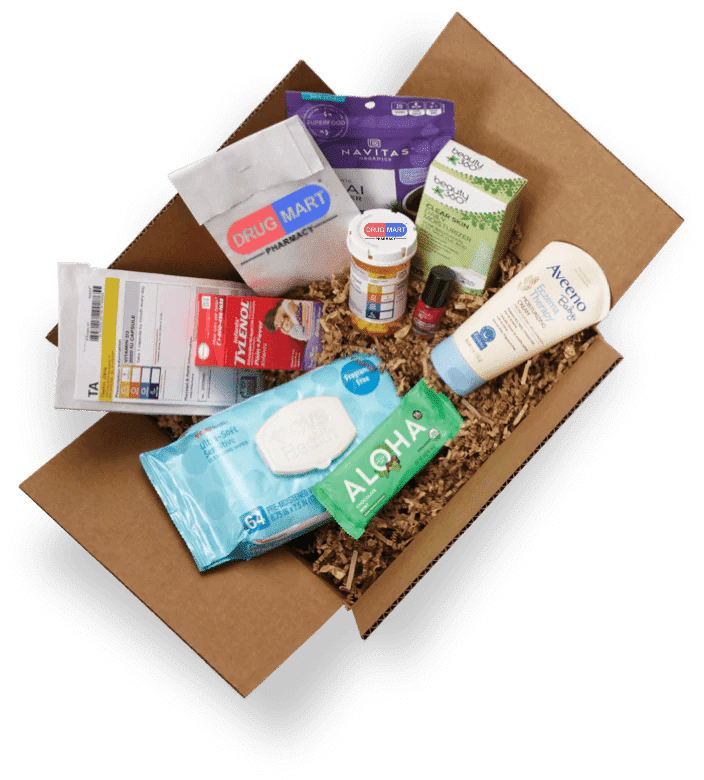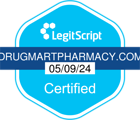According to a National Center for Health Statistics survey, about 8% of adults in the United States don’t take prescribed medications because they can’t afford them.
Even if cost is not affecting your medication regimen, the following ideas may save you some money.
1. Try generics. Generic drugs have the same active ingredients as brand-name medications, but generics are substantially less expensive. For example, the cholesterol-lowering drug Lipitor retails for about $390 for a 30-day supply. The generic version, atorvastatin, is about $4 for a 30-day supply. Always ask your doctor if a generic is available. If a generic isn’t available, ask if there’s a similar drug with a generic version.
2. Go to an independent pharmacy. Many pharmacies in grocery stores and big-box chains have fixed pricing and pharmacists are not able to adjust the pricing set by corporate. Many independent stores have the flexibility to adjust the price and match any competitor, so you get the lowest price. Don’t be shy about searching for a lower price online and asking the pharmacist to match or beat the price you find. You’ll be valued more at these locations than a corporate giant.
3. Get a bigger dose. Some prescription medications can be divided with a pill splitter. Ask your doctor if that’s the case with your medication, and if it’s possible to get a double dose. For example, you might get 10-milligram (mg) pills that can be split into 5-mg pills. Some medications cannot be split, such as capsules or tablets that are enteric-coated, or those that release medicine over time. As a general rule, extended-release or slow-release medications should not be split. These include drugs like metformin ER (Glucophage XR) for diabetes and pantoprazole (Protonix) for heartburn.
4. Get a larger supply. Instead of getting a prescription that lasts for 30 days, and making an insurance copay each time, ask for a 90-day supply so you can make just one copay every three months. This works for medications you take long-term.
5. Apply for assistance. There are many kinds of prescription assistance programs, offered by state and local governments, Medicare, nonprofit groups, and even drug makers. The programs typically have income requirements. Nonprofit organizations include: Needy Meds and Partnership for Prescription Assistance. Other resources include state assistance programs and Medicare Extra Help. Another option is to call the manufacturer of your medication directly. You can look up your medication on this Medicare website.
6. If you’re on Medicare, consider updating your plan. Medicare plans can change from year to year, including the medications they cover, and the copays and deductible amounts. You have an opportunity to switch Medicare plans during the annual enrollment period from October 15 to December 7. Review the options using Medicare’s personalized plan search on its website.
7. Shop around. Medication retail prices vary. Some pharmacies buy directly from drug makers; others use a middleman, which can drive up prices. Call pharmacies in your area to compare prices or use a computer or smartphone app to do the work for you. The attorney general’s office in your state may also have a website that provides similar information.
Lastly, ask your doctor if they can recommend a pharmacy where you can find a medication at a better price. Your doctor has the experience and relationships with pharmacists in the community to find you treatments at a price you can afford.




.svg)
.svg)








